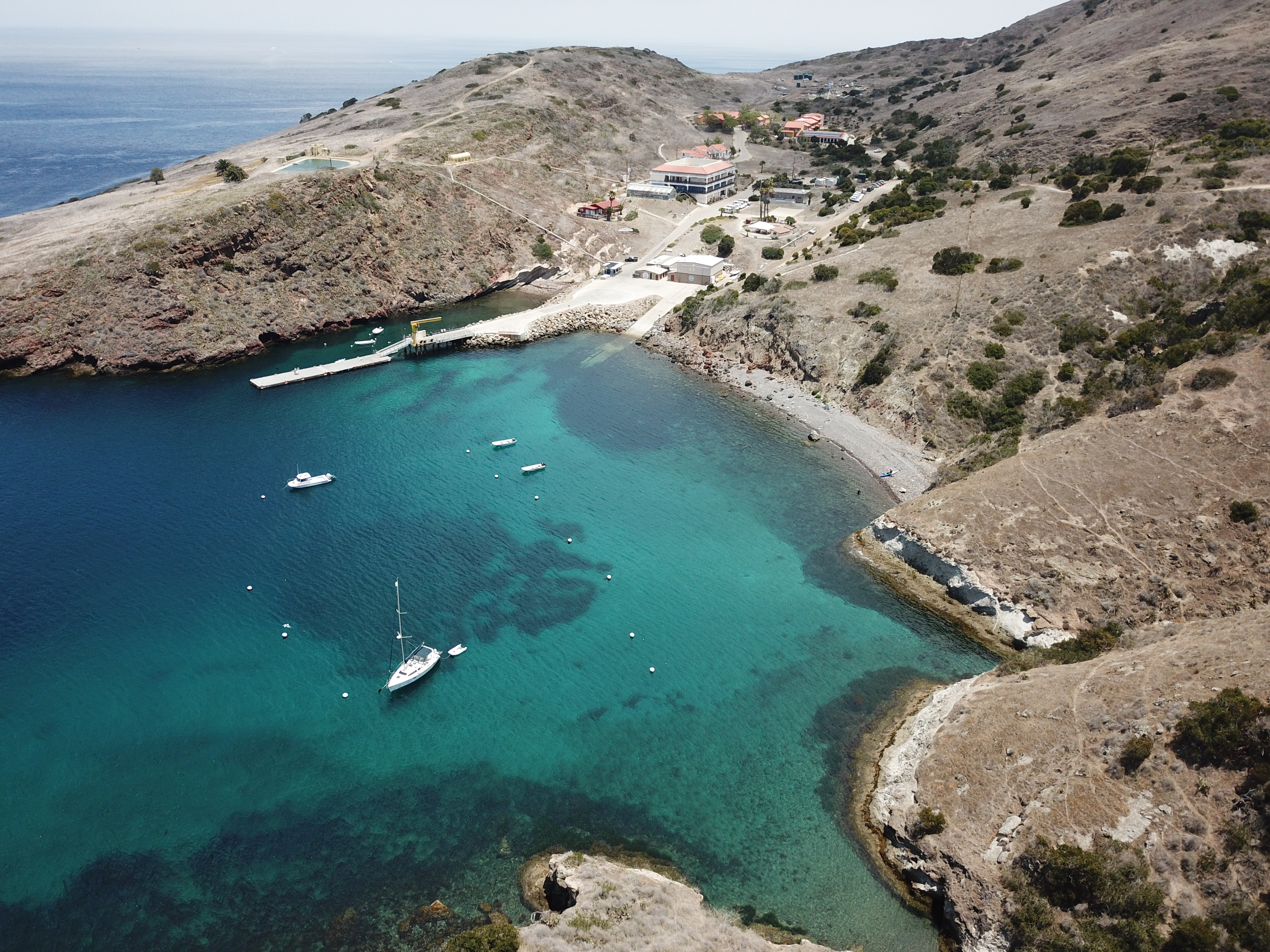Catalina Island’s Blue Cavern State Marine Conservation Area Honored as a Hope Spot by Mission Blue
April 22, 2024
Featured image: Maurice Roper/USC Wrigley Institute
(SANTA CATALINA ISLAND, CALIFORNIA, USA) –
Just 22 miles off the coast of Los Angeles is Santa Catalina Island, known by some as Pimuu’nga or Pimu. It is one of the eight Channel Islands and the only island with a permanent human presence. Today, the island is surrounded by nine marine protected areas, two of which are the Blue Cavern Onshore and Offshore State Marine Conservation Areas. These areas work in tandem to safeguard 10 square miles of marine life, from the shoreline through kelp forests and rocky reefs, to the sandy seabed as deep as 2,616 feet. Every year, researchers and students work and learn together along this protected marine area at the nearby Wrigley Marine Science Center, the satellite campus of the University of Southern California’s Wrigley Institute for Environment and Sustainability.
International marine conservation nonprofit Mission Blue has named Blue Cavern State Marine Conservation Area a Hope Spot in recognition of what Dr. Sylvia Earle, Founder of Mission Blue, describes as “an example of the successful steps society has already taken to protect ocean ecosystems and an impetus to work together in expanding these protections and further advancing similar efforts; a model for the rest of the world.” She congratulates the USC Wrigley Institute for Environment and Sustainability for its programs that are creating the next generation of dedicated ocean stewards.
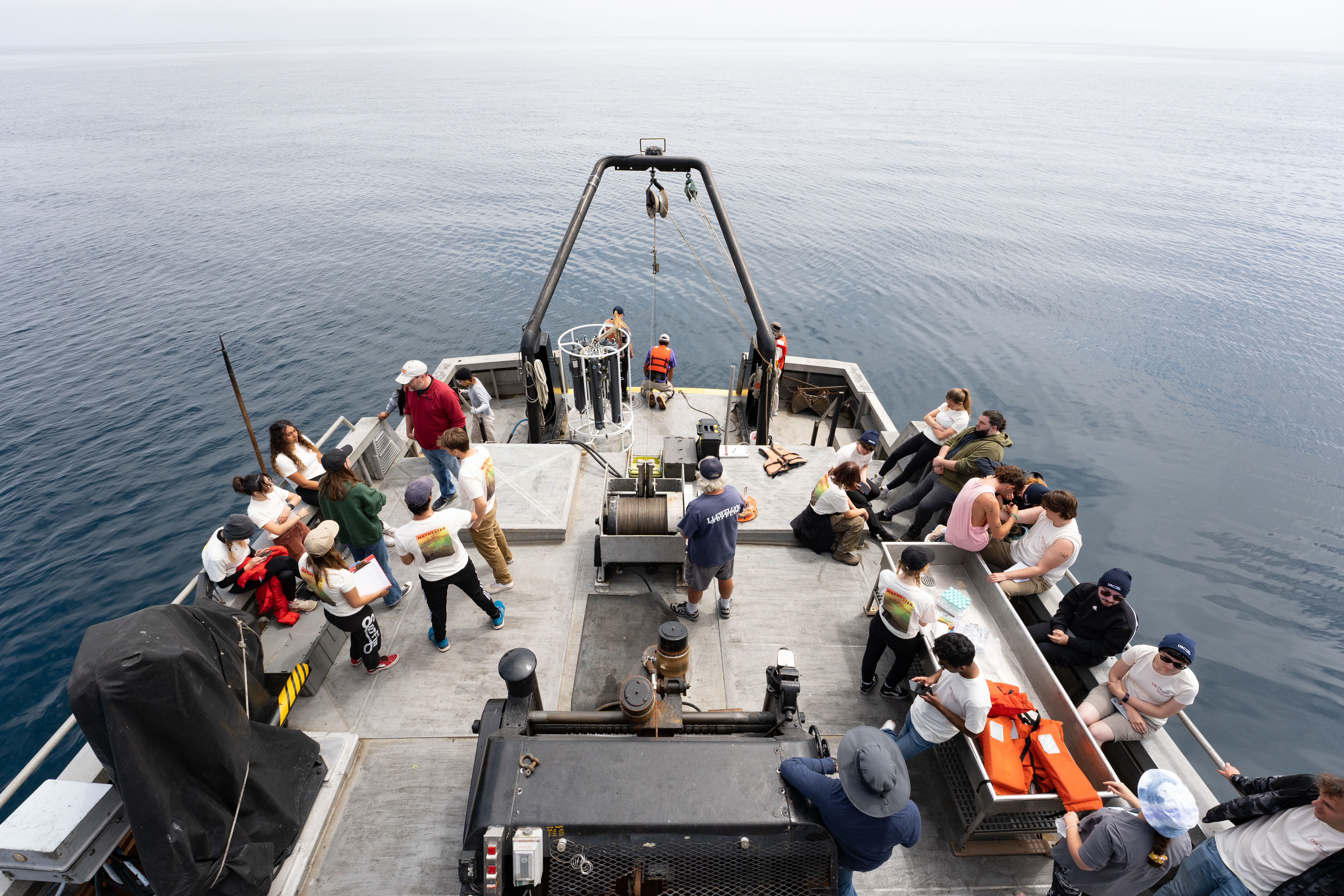
Jessica Dutton, Executive Director, USC Wrigley Institute for Environment and Sustainability and Hope Spot Co-Champion says, “This new Hope Spot is more than a place, it’s an experience. Students and researchers create core memories of their time at USC during their visits to Catalina Island.” She describes alumni who attended an island-based program 20 to 30 years ago and still fondly recall it as a “watershed moment” that cemented their paths in environmental studies. “For others,” she says, “it opened their eyes to realize, first, that there’s this marine life so close to home, and, second, the reasons they ought to care deeply about it.”
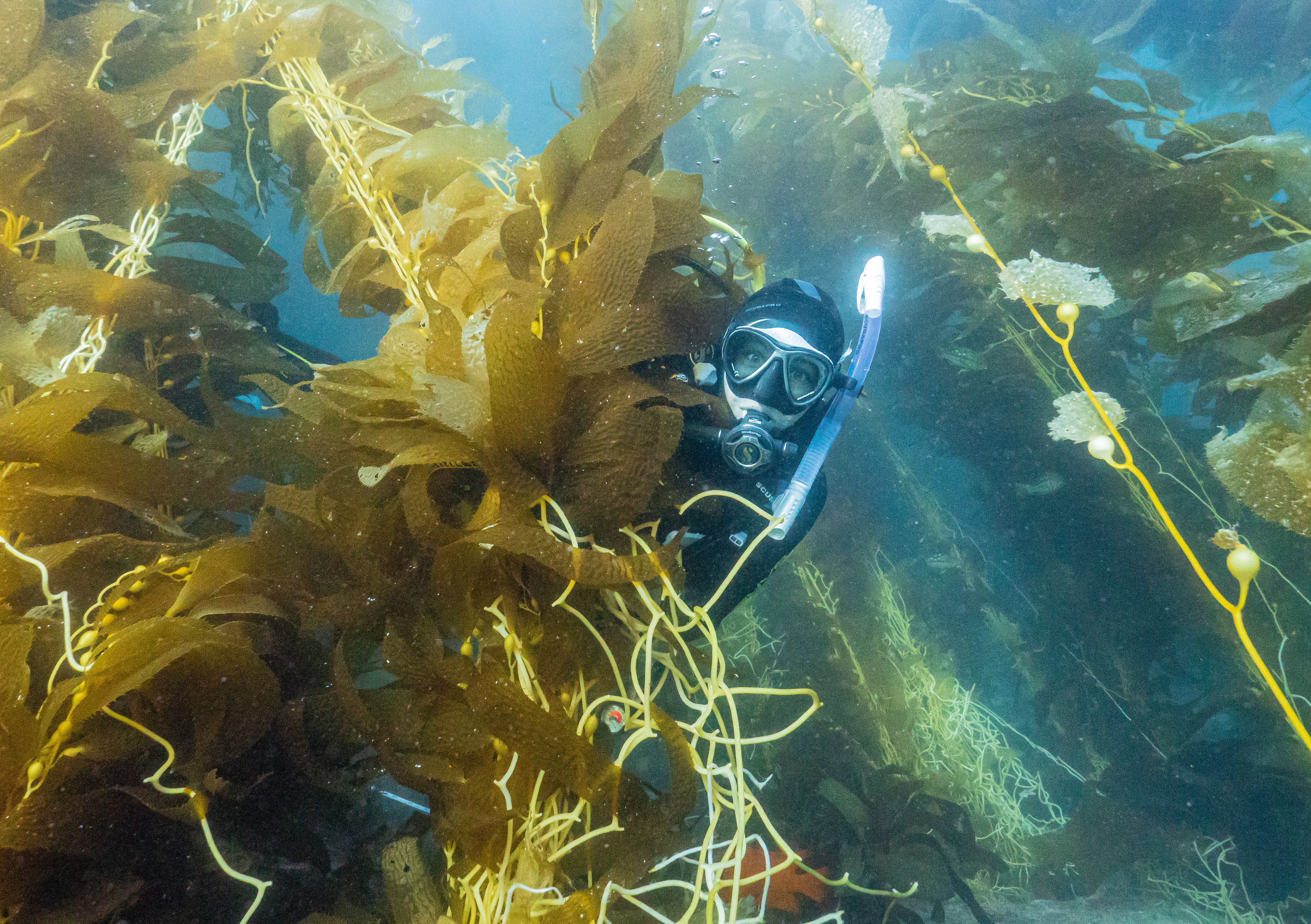
The USC Wrigley Institute’s Marine Science Center, a vibrant campus on the shores of the Blue Cavern State Marine Conservation Areas, hosts hundreds of researchers and more than 1,000 undergraduate students annually. Programs focus on interdisciplinary studies and hands-on education with cutting-edge technologies and virtual connections to mainland Los Angeles and around the world. A signature education program today is the Catalina Residential College, where students participate in immersive summer courses that investigate the intersection of people and the planet. Classes take advantage of the unique coastal setting to study Catalina Island’s natural systems and their complex relationships with humans. The campus also hosts prominent speakers every year, including Dr. Earle, who met with students and faculty in May 2022 and gave a plenary talk on the importance of ocean conservation and her experiences as a pioneer in diving.
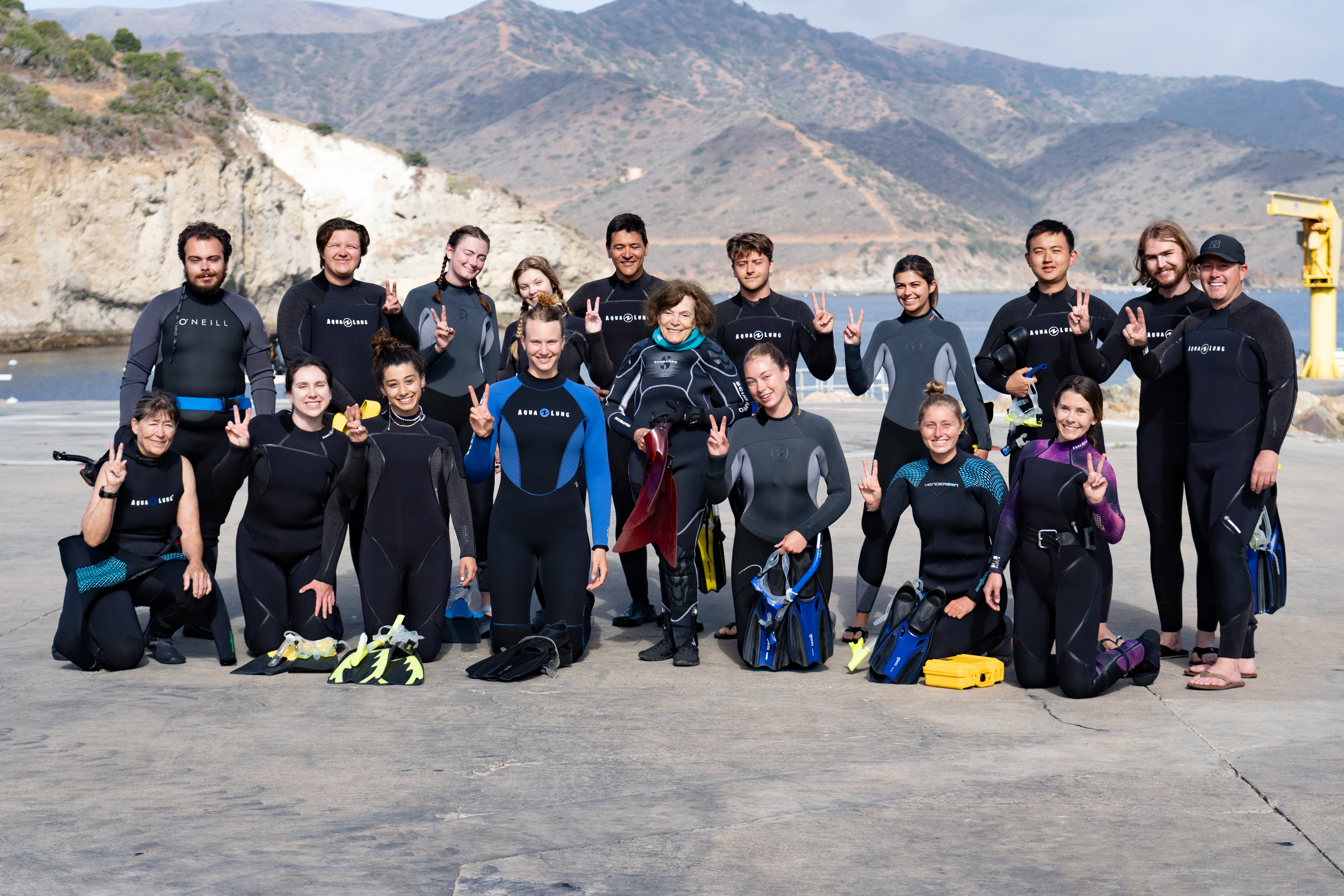
Student Nicole Summerfield summarizes her experience: “My fondest memories and most impactful learning experiences at USC were made possible by the Catalina Residential College. It was an experience like no other, and I would come back every year if I could. A highlight of these Maymesters was the opportunity to engage with real-world environmental challenges and heroes. The experience was also about forging connections, learning through hands-on experiences like night snorkeling, and witnessing the magic of bioluminescence – moments that deeply ingrained in me the beauty and importance of preserving our natural world.”
Since the early 1970s, 88% of Catalina’s land has been protected, including 62 miles of coastline. The island’s waters hold immensely rich kelp forests home to creatures like the blue-banded goby (Lythrypnus dalli) the Garibaldi fish (Hypsypops rubicundus), the critically endangered giant sea bass (Stereolepis gigas) and more than a thousand more marine species. On the island above the ocean, Blue Cavern State Onshore and Offshore State Marine Conservation Areas help support a web of life where at least 60 endemic species and subspecies thrive, including the Catalina Island fox (Urocyon littoralis catalinae) and Catalina quail (Callipepla californica).
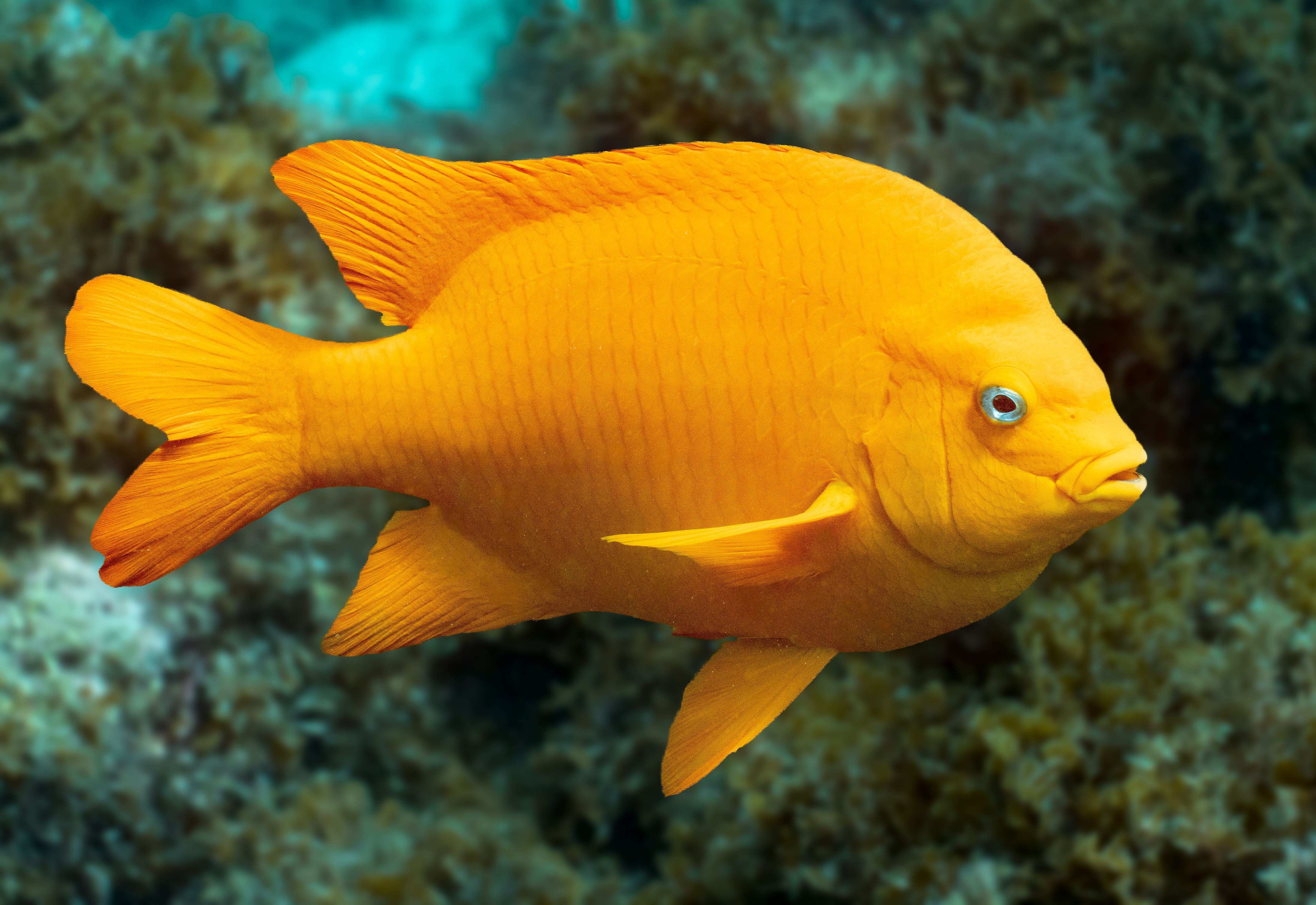
The USC Wrigley Institute for Environment and Sustainability’s collaborators include the Catalina Island Conservancy and the Catalina Island MPA Collaborative. “Catalina Island’s iconic coastal and marine ecosystems are unique in the greater California marine protected area network and worldwide. This designation will celebrate the collaborative conservation achievements made here and serve as a model for balanced island stewardship everywhere,” says Chris Young, Conservation Operations Director at the Catalina Island Conservancy. Lauren Oudin, Co-Chair of the Catalina Island MPA Collaborative, agrees. “Inclusion of Blue Cavern as a Hope Spot will provide visibility about these sites to a broader audience and highlight the multi-decadal protection here and the more extensive network of marine protected areas (MPAs) across California.”
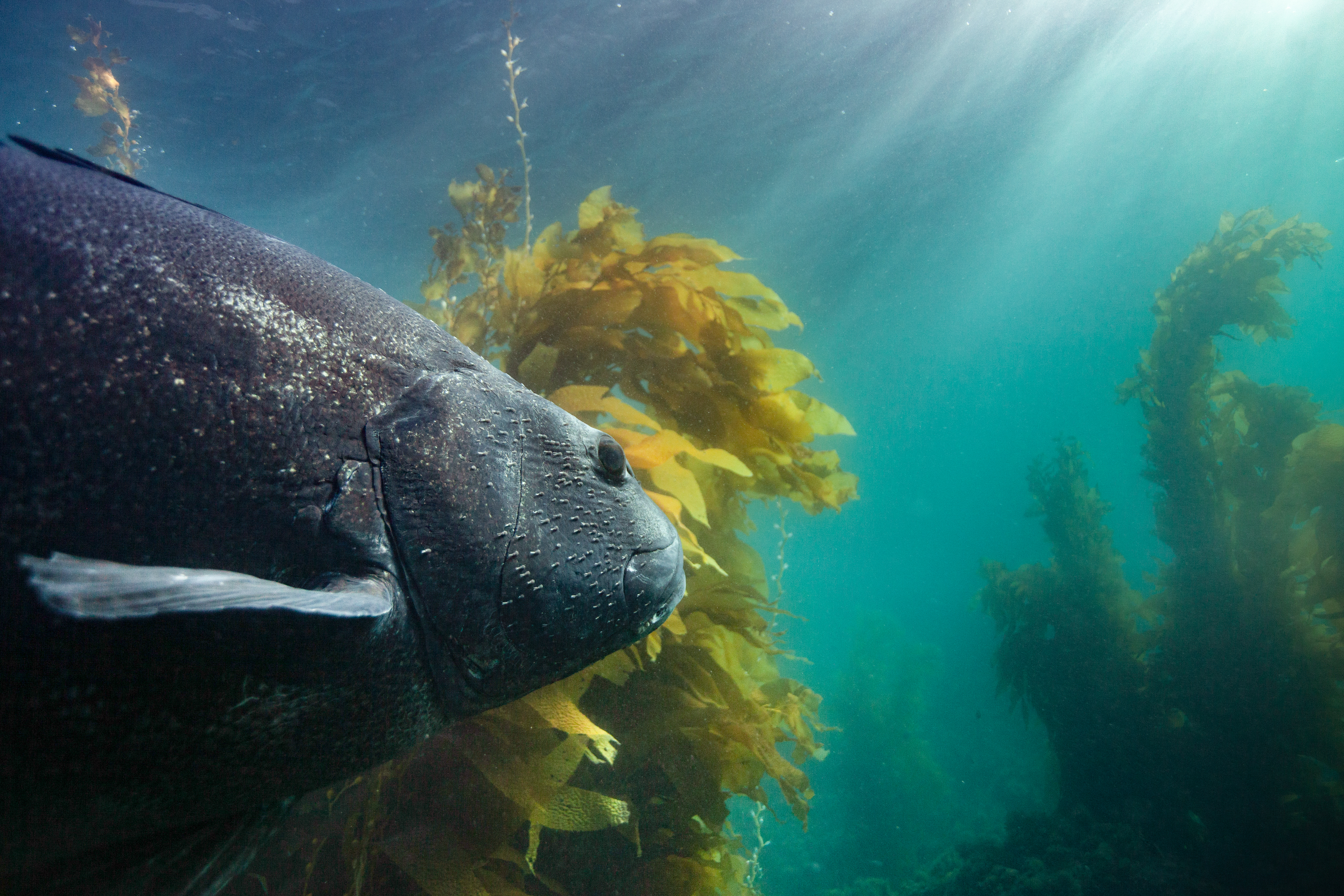
Blue Cavern State Marine Conservation Area is part of California’s MPA network that currently covers roughly 16% of the state’s coastal waters. In 2020, California Governor Gavin Newsom issued Executive Order N 8220, which committed to conserving 30% of California’s lands and coastal waters by 2030 as part of a broader effort to fight climate change, protect biodiversity, and expand access to nature for all Californians. This Hope Spot aims to support Governor Newsom’s commitment to increasing protection to 30%.
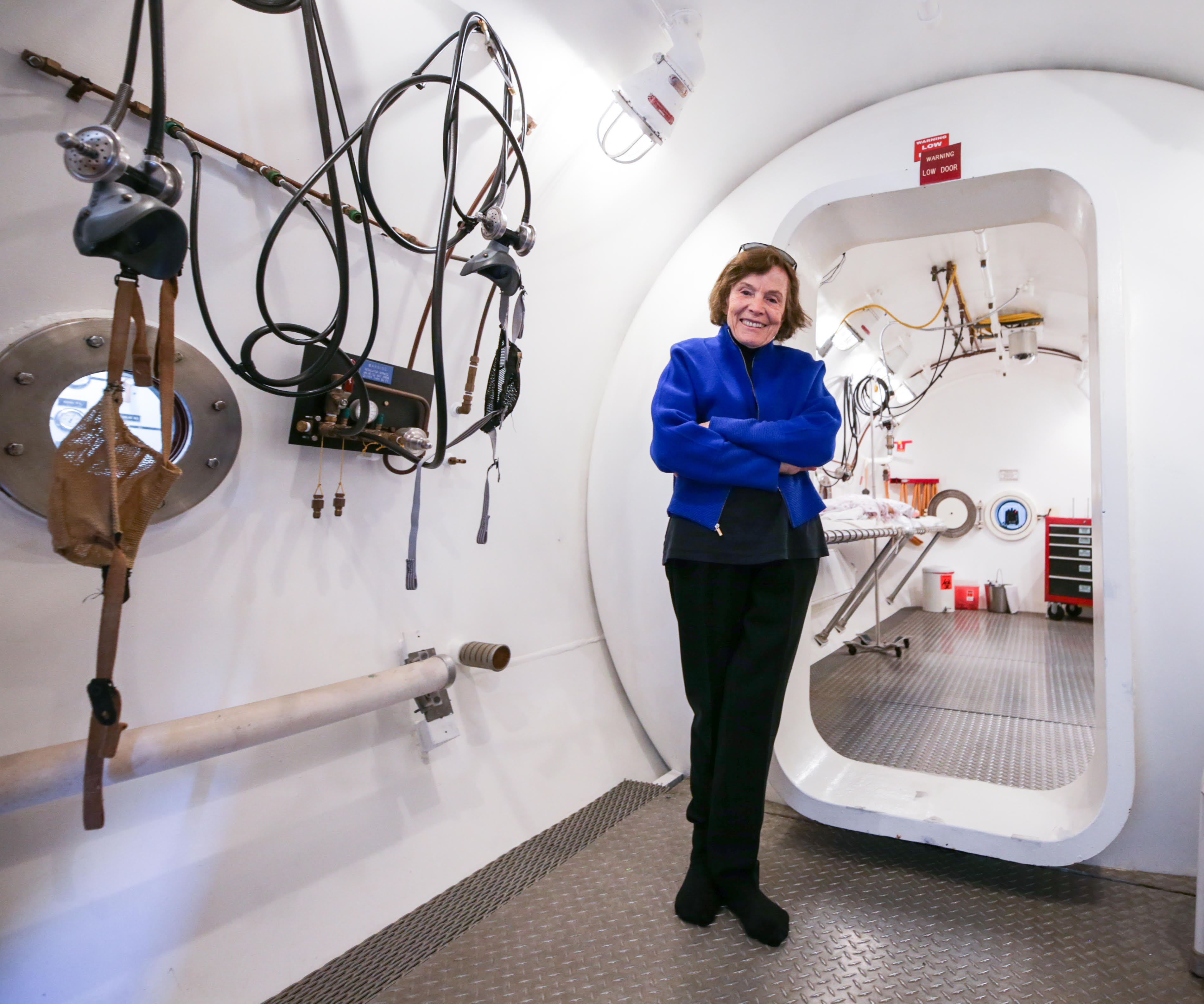
Joe Árvai, Director of the USC Wrigley Institute for Environment and Sustainability and Hope Spot Co-Champion says, “We aspire to offer the Blue Cavern Marine Conservation Area Hope Spot as a model for other marine protected areas, to build new partnerships and collaborations in both research and education and to encourage awareness to benefit management and public stewardship.”
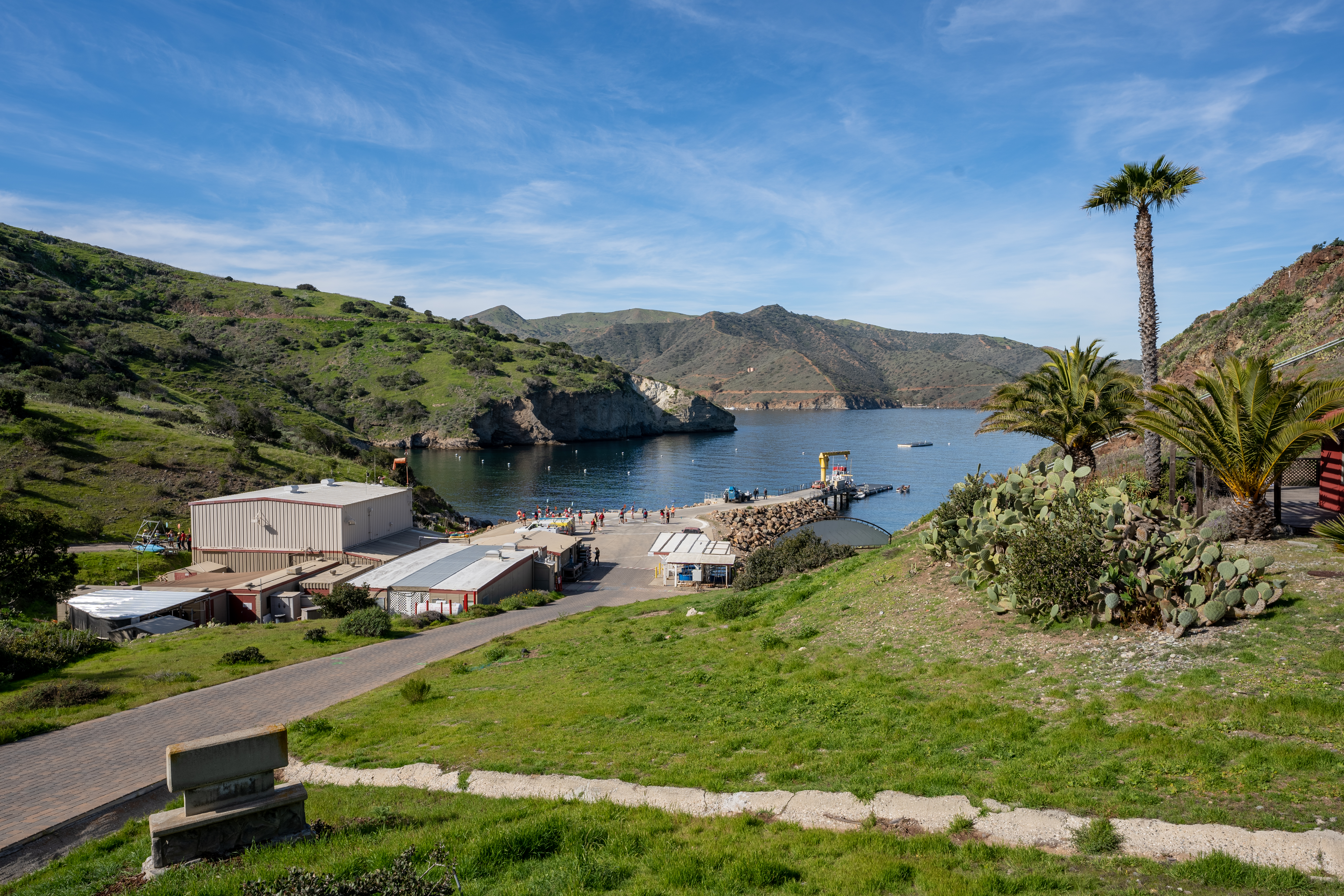
About USC Wrigley Institute for Environment and Sustainability
The USC Wrigley Institute seeks to create a more sustainable and environmentally just future for our planet and all who live on it by educating, training, and empowering the next generation of leaders and change agents; leading solutions-focused research at the intersection of people and planet; and engaging with the public to raise awareness and inspire positive change. The institute encompasses the University of Southern California’s academic program in environmental studies, with more than 300 enrolled students; the Wrigley Marine Science Center on Santa Catalina Island, which serves more than 1,000 researchers and students each year; USC Sea Grant, which engages stakeholders and conducts research on the problems of the urban ocean; the USC Catalina Hyperbaric Chamber, which serves the Southern California diving community; internal research platforms focused on Earth and environmental systems, applied environmental solutions, climate and carbon management, and social transformation; and engagement and communications arms that reach an audience of tens of thousands of people.

